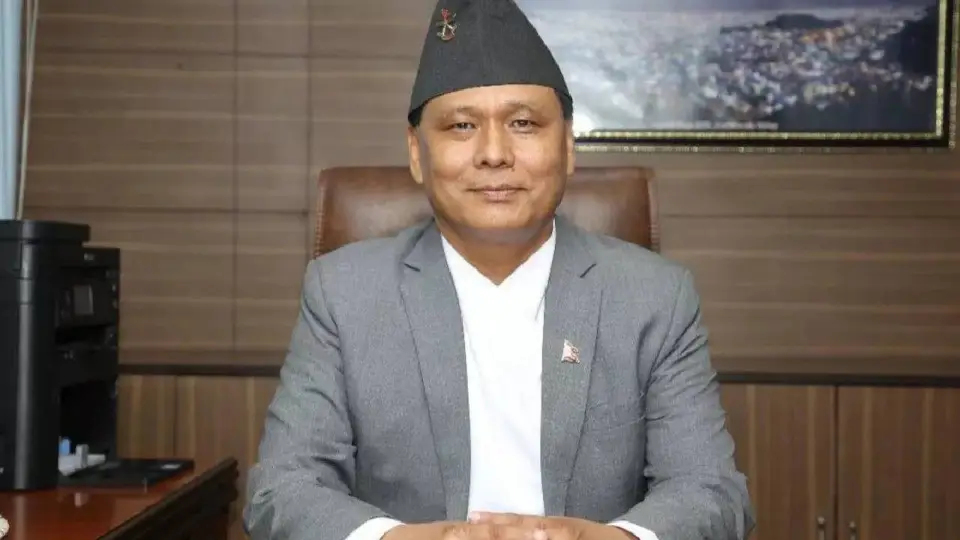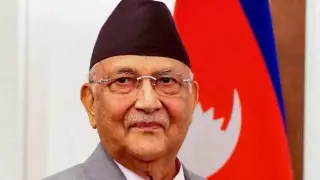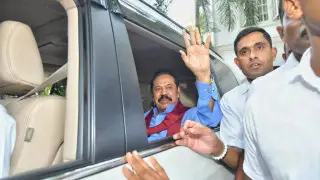
NEPAL
International News: The ongoing protests in Nepal have now thrown up a surprising name. Kul Man Ghising, an engineer who solved the nation’s power crisis, has emerged as a favorite of the people. Gen-Z demonstrators call him a true patriot. His reputation is based on action, not speeches, which appeals to frustrated citizens. Unlike seasoned politicians, Ghising carries no baggage of corruption or favoritism. His popularity signals a demand for fresh, practical leadership.
Until recently, former Chief Justice Sushila Karki was the frontrunner for interim Prime Minister. Her clean image and anti-corruption stance made her popular among many. But her name lost traction after Kathmandu Mayor Balen Shah rejected her candidacy. Shah’s refusal forced protesters to rethink their support. Now, youth groups argue that symbolic leaders cannot solve real issues. Karki’s sidelining reflects a generational shift in expectations from leadership.
Balen Shah’s role in the protests has been crucial. When he declined to lead himself and also refused to endorse Karki, the street movement looked elsewhere. His decision opened the path for Ghising’s rise. Young voices on social media amplified Ghising’s achievements. Slogans of “real change” now dominate rallies. The Mayor’s endorsement of reform over personalities strengthened Ghising’s claim. His backing gave the youth new confidence in pushing for their chosen leader.
Kul Man Ghising’s fame rests on his success as head of the Nepal Electricity Authority. At a time when Nepal faced crippling blackouts lasting up to 18 hours a day, Ghising found solutions. Within months, households saw electricity restored. That memory is fresh in the minds of ordinary Nepalis. His ability to fix what seemed impossible is seen as proof of leadership. For protesters, he represents someone who delivers results, not empty promises.
The protest wave is led mainly by young Nepalis tired of decades of corruption and inefficiency. Their demand is simple—leaders who work for the people. They argue Ghising’s technical skills prove he understands real problems. For them, Karki symbolizes honesty but not practical delivery. In chants and posters, youth describe Ghising as “the leader who lights up Nepal.” They want an interim Prime Minister who can solve corruption with the same energy he solved power shortages.
The sudden switch in leadership preference has drawn international focus. India, China, and Western nations closely monitor Nepal’s crisis. Analysts say Ghising’s non-political background could reassure foreign partners. He is seen as less tied to political rivalries. However, traditional power groups inside Nepal may oppose him strongly. The question now is whether global powers support youth demands or side with old political elites. This external pressure adds more complexity to Nepal’s unfolding drama.
Nepal stands at a critical crossroad. With Sushila Karki losing momentum and Ghising gaining grassroots strength, the interim leadership race has transformed. Gen-Z demonstrators have made their voice clear-practical leaders over political veterans. Yet, the ruling class may resist this shift. If their demand is ignored, unrest could spread further across the country. Whether Ghising takes the interim chair or not, his rise proves that Nepal’s youth are rewriting the rules of leadership.













Copyright © 2025 Top Indian News
